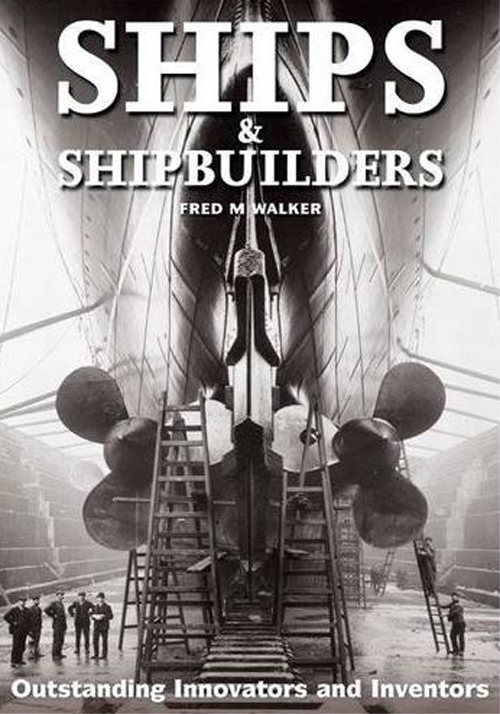Ships and Shipbuilders. Pioneers of Design and Construction
Review

Ships and Shipbuilders. Pioneers of Design and Construction by Fred M. Walker. Seaforth Publishing, 2010, hardback, 256pp, £25.00, ISBN 9781848320727
This useful reference book offers biographical assessments of the contribution to shipbuilding of more than 130 notable engineers, scientists, philosophers, businessmen, shipwrights, naval architects and inventors who influenced ship design and construction worldwide. Given the wide range of subject categories listed here and the emphasis in the book‘s sub-title on pioneering achievements, it is perhaps surprising to find no reference to those who made significant contributions to vital navigational aids such as Longitude Harrison, the Foulby carpenter whose invention of the marine chronometer solved, what Dava Sobel memorably pronounced ‘the thorniest dilemma' facing navigators in the eighteenth century. Structured in chronological sections, the book surveys ship design and construction from the dugout canoe, via Archimedes of Syracuse 287-212 BC, Isambard Kingdom Brunel (1806-1859), Samuel Plimsoll (1824-1898) and William Armstrong (1810-1900) to Sir Christopher Cockerell (1910-99), the inventor of the hovercraft. It discusses the impact of iron and steam in the age of Wilkinson and Watt, introducing some less well-known figures such as Patrick Miller (1731-1815), who with William Symington (1763-1831), in Walker's view, has the strongest claim to be regarded as responsible for the funding and construction of the Dalswinton Loch steamship of 1788, which the author maintains undertook the world‘s first steam-powered voyage or their contemporary, Robert Fulton (1765-1815) who was responsible for the world's first commercially successful steamship. This attractively designed book also discusses the impact of global warfare in the first half of the twentieth century and the evolution of the huge motor driven container ships, nuclear submarines and vast cruise liners of the late twentieth century and assesses the social and economic effects of improved capacity and design. The great maritime disasters of the twentieth century both in war and peace time illustrate that despite all the advances ships and passengers remained vulnerable at sea from the Titanic 1912 with the loss of 1,490 passengers and crew to the Herald of Free Enterprise 1987 with 193 casualties. The author, Naval Architect at the National Maritime Museum, draws on his extensive experience of nautical engineering and shipyard management to provide a well-structured informative, well-illustrated text with key sources identified for further study, which will prove an indispensable reference tool in its field.

